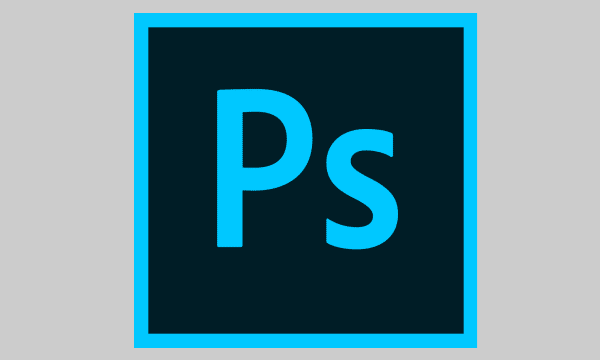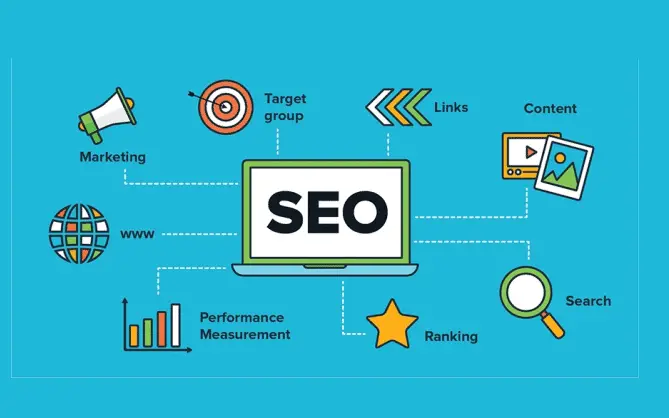Line25 is reader supported. At no cost to you a commission from sponsors may be earned when a purchase is made via links on the site. Learn more
A front end designer is responsible for creating and implementing all those visual elements that the users can see and interact within a web application. They are supported by back-end web developers who integrate the work of front end designers. Front-End Web Developer is a combination of design and programming as they are responsible for the translation of the UI/UX design wireframes to creating visual elements of the application. So what kind of habits many successful front-end designer share? Let’s take a look:
1. Using a Good Graphic Program

Front End designing may seem a technical task, but there will always come the point where the designer will have to play with the aesthetics. A front-end designer must have hands-on practice of using various graphic tools. Front end designers end up handling minor tasks, whether it is making a checkbox or creating a layout that the PSD missed. To avoid such a situation, it is recommended you use a dedicated graphics program, may it be Photoshop, Fireworks, GIMP or Illustrator. Do not use your code to design. Rather work on with graphics software to design and only after that, go to the system, and get to work. You may not have in-depth knowledge about the program but still, it is a good habit to use the program as it will give better results.
2. Working as per the Designs
The core job of a front-end designer is to match the checkmark with the rest of the plan. Do not try to impress and over-perform in terms of designing. Stick to your core purpose. Those who are expert front-end designers get attracted to putting extra efforts in design to prove their expertise. Do not attempt this as the web designers will handle it. So the question should not be that how does my checkmark look rather it should be that does it match with the end design? Try to focus on your core purpose and role; do not overdo it.
3. Giving Importance to Typography
Typography can make or break the final layout. It is an integral part of the over-all design. Typography involves a lot of aspects that the designers need to take care of. As for the front-end designer, you should be aware of the typography requirements of the designer. Do not take this aspect lightly. Go online and research various stuff like font pairing, line spacing, letter spacing, etc. Also, take care of placing the right font at the right place. For example, if the designer uses Times New Roman for headings, you should also use the same throughout. Invest proper time in developing typography.
4. Keeping the Larger Picture in Mind
You may assume that your work will form a small part of the final design, but it is not so. The lowest of the process in web development forms a crucial part of the final design. For instance, you have been told to build a checkmark with custom checkboxes without showing them as checked. Now if you do not follow this instruction, in the final design, will it look complete? As a part of the habit, take screenshots of the entire design route and layout so that you can stay in line with the final design dimensions and requirements.
5. Having an Understanding SEO

Search Engine Optimization functionalities not restricted to the backend. As a front-end designer, you need to ensure that the designs you are creating fall in line with the overall SEO plan. For this establishing a good understanding of SEO is very advisable. SEO helps to boost up Google rankings of a web page and hence forms an integral part of the designing process. Understand SEO its various aspects to develop a website that is SEO friendly.
6. Taking care of White Spaces & Alignment
White spaces and allignment play a major role in the design. Make sure that you give due importance to this aspect. Always use spaces in multiples of either 10 or 20 so that it remains uniform. Even if you are not very creative, this trick will surely help. Ensure that your layout elements are correctly aligned to give the entire design a good flow. There might be instances when you can’t do this like but still try and maintain a pattern for the same, by giving double space or some other form of allignment.
7. Accessibility is Important
Sounds common or straightforward, but accessibility is a fundamental matter in today’s world. Accessibility here refers to the design of devices, services, products, or environments for people with disabilities. It means to offer direct and indirect assets to users, i.e., compatibility with their devices or computer screens. Designers will have to ensure that their design and layout is compatible with everyone so that they cater to maximum people.
8. Aim to Make your Design Pixel Perfect
Do whatever it takes to match the last and final design layout up till the last pixel, at least as far as it is in your control. A pixel here and there may look nominal, but it profoundly affects the final design, hence keep a watch on it. Many tools help you compare original plans to results. One way of doing is taking screenshots and pasting them into the design file so that you can easily compare each element. This trick will always help you to know where you stand against the original design. Then you know how much adjustment you have to make to get it to spot on.
9. Get Feedback From Someone
Taking feedback from others has always helped to improve front-end design. Take necessary feedback and inputs from fellow designers or professional designers, and understand their critical views about your work. Keeping a good relationship with designers will help you collaborate well regarding their ideas and feedback. Also, as a designer, you may tend to overlook specific issues because you have been viewing the design multiple times. Hence getting a third eye view, especially from the user interface point of view helps in bettering the design.
10. Test the Design You Have Made
Before you finalize the layout, you need to examine your design to check whether or not it’s in line with the final design. Testing is one of the most underrated tasks for the designer as they inevitably do not want to spend time in rechecking what they are doing. However, it is a good habit to check your design block by block so that you can rectify the mistakes promptly. Also, you will not want to forward a design that doesn’t work.
These are some of the habits that you can inculcate to become better at the job of front-end designing. You will not be able to develop these habits overnight, and hence, it is a good idea to keep practicing them early on in your design career.
